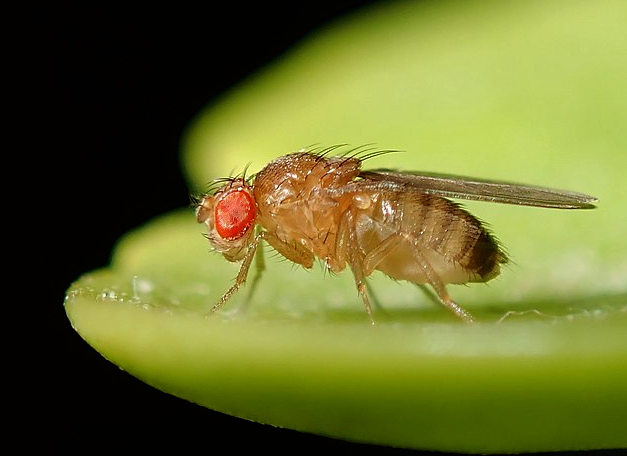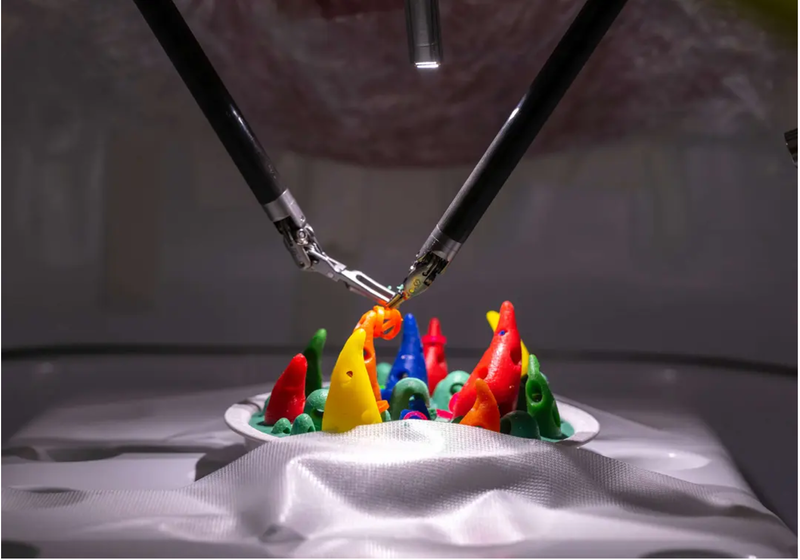Scientists Induce 'Virgin Birth' in Fruit Flies
In a pioneering experiment, a University of Cambridge research team used genetic engineering techniques to trigger asexual reproduction in a species that normally reproduce sexually. This feat, known as parthenogenesis, was successfully induced in fruit flies.

Facts
- In a pioneering experiment, a University of Cambridge research team used genetic engineering techniques to trigger asexual reproduction in a species that normally reproduce sexually. This feat, known as parthenogenesis, was successfully induced in fruit flies.1
- The researchers mapped the genome of a fruit fly capable of parthenogenesis, the Drosophila mercatorum, and identified a corresponding gene present in the Drosophila melanogaster fruit fly. Activating the appropriate gene gave that species the ability to carry an embryo without sperm to fertilize their eggs.2
- These "virgin births" have been observed in snakes, lizards, crocodiles, and birds, with this study being the first to identify the genetic basis for parthenogenesis. After examining 220K fruit flies over six years, it was determined that the genetically modified D. melanogaster flies had developed parthenogenesis.3
- If the flies in the experiment had access to males, they would reproduce sexually. In isolation, however, around 1-2% of the female fruit flies would have a virgin birth around the halfway point of their life, 40 days, with the offspring always being female.4
- The fruit flies born from parthenogenesis were able to reproduce either sexually or asexually. Mammals, such as humans, are incapable of parthenogenesis under normal circumstances, as they require the paternal and maternal genomes to reproduce.2
- Study co-author Alexis Sperling noted the implications this study will have on agriculture, as many agricultural pests are parthenogenic. After a pesticide used in the UK disrupted the reproductive system of a species of male moths, they became a greater pest after developing parthenogenesis, the author stated.1
Sources: 1Nature, 2Guardian, 3Washington Post, and 4Al Jazeera.
Narratives
- Narrative A, as provided by The Scientist. Mammalian parthenogenesis is an ethical minefield and, concerningly, is being intensely pursued. As we get closer to understanding the basis for this reproductive ability, we get closer to potentially extending this technology to humans. Researchers have focused little on how these breakthroughs will be applied to real problems humans face, undertaking this research to prove it's possible. We need to seriously consider the bioethical ramifications of this process when applied to humans before we move further.
- Narrative B, as provided by The Economist. This tantalizing study has opened a window into a whole new model of reproduction — one that could have ramifications throughout the animal kingdom. Parthenogenesis is more widespread than previously thought, and finally uncovering a genetic basis could create a new frontier in reproduction. Endangered species could replenish their species after developing asexual reproduction, and we could understand the effects reproductive disruption has on a species. The rewards of studying parthenogenesis could be beyond our wildest dreams.






